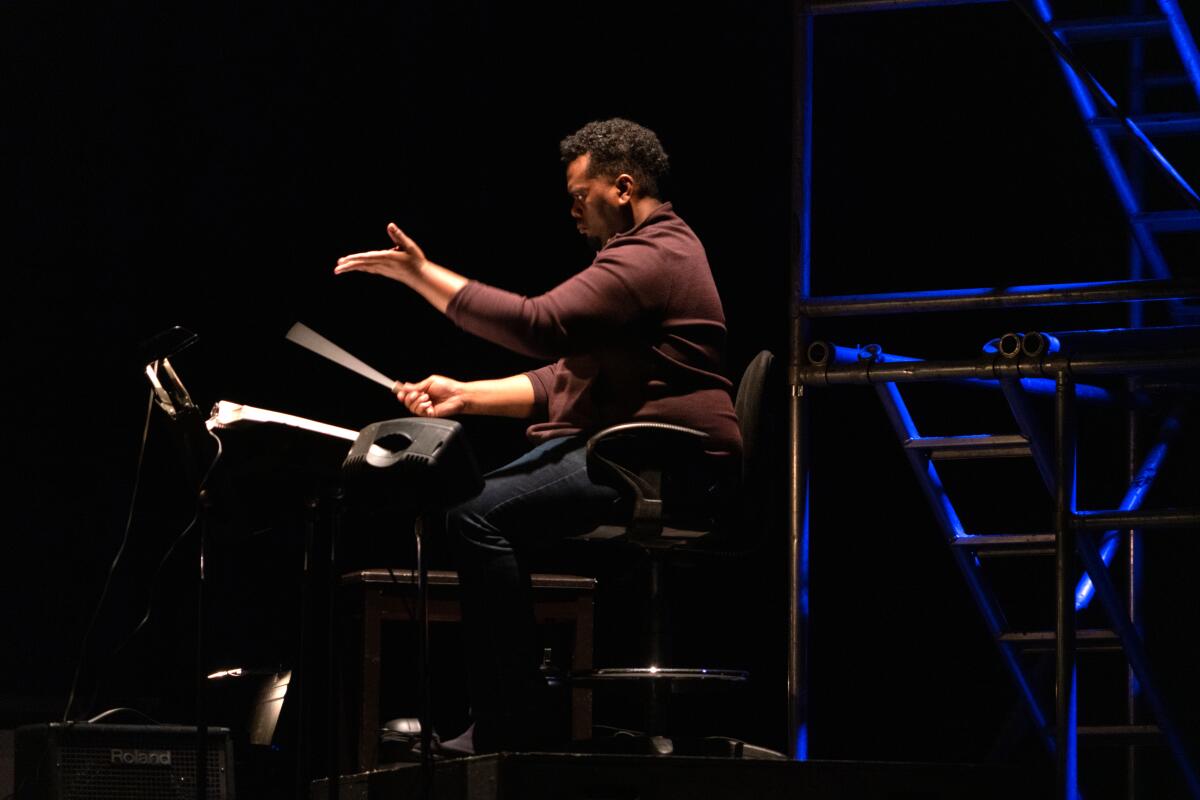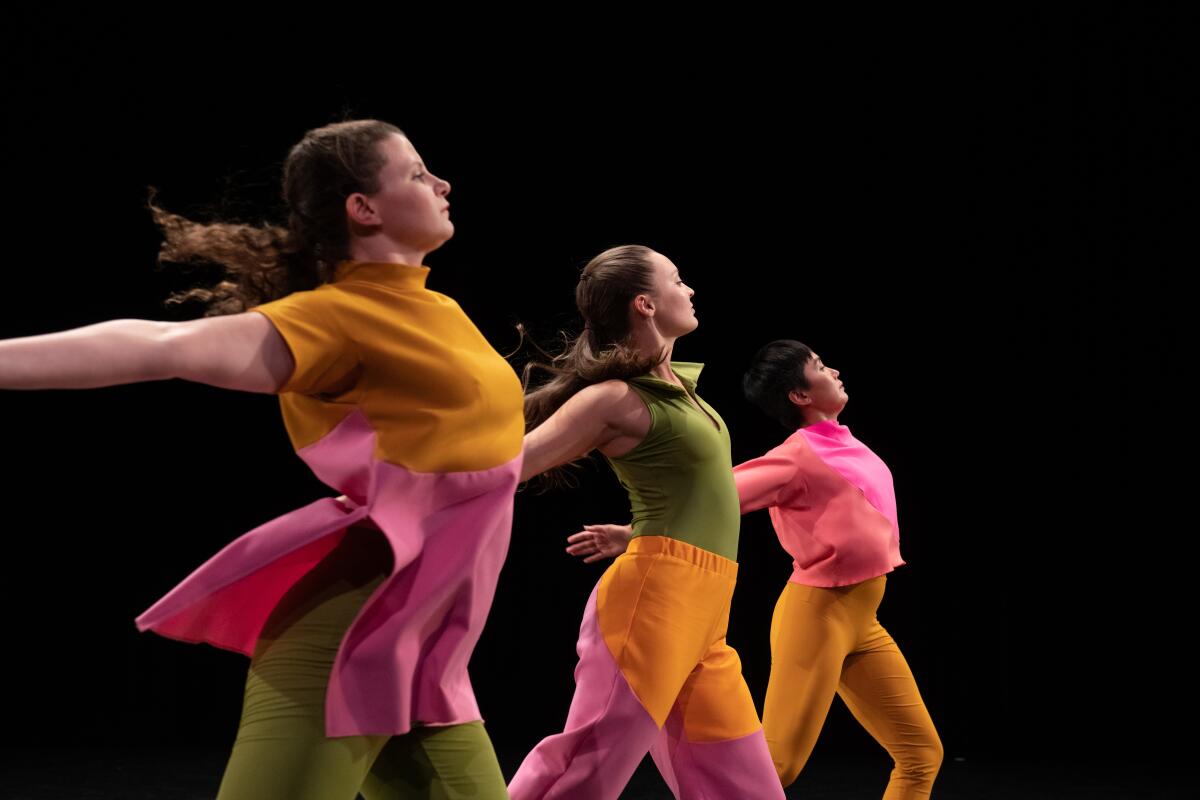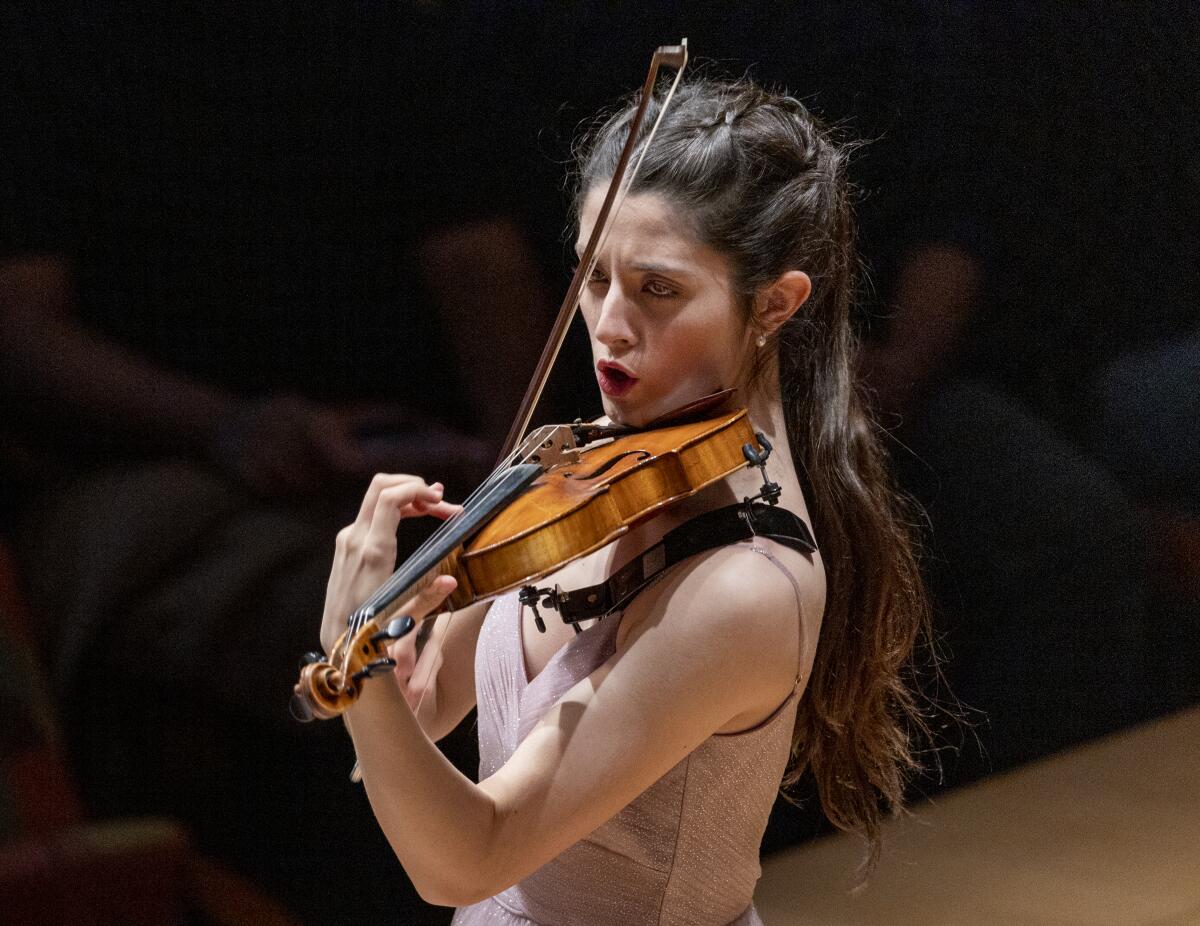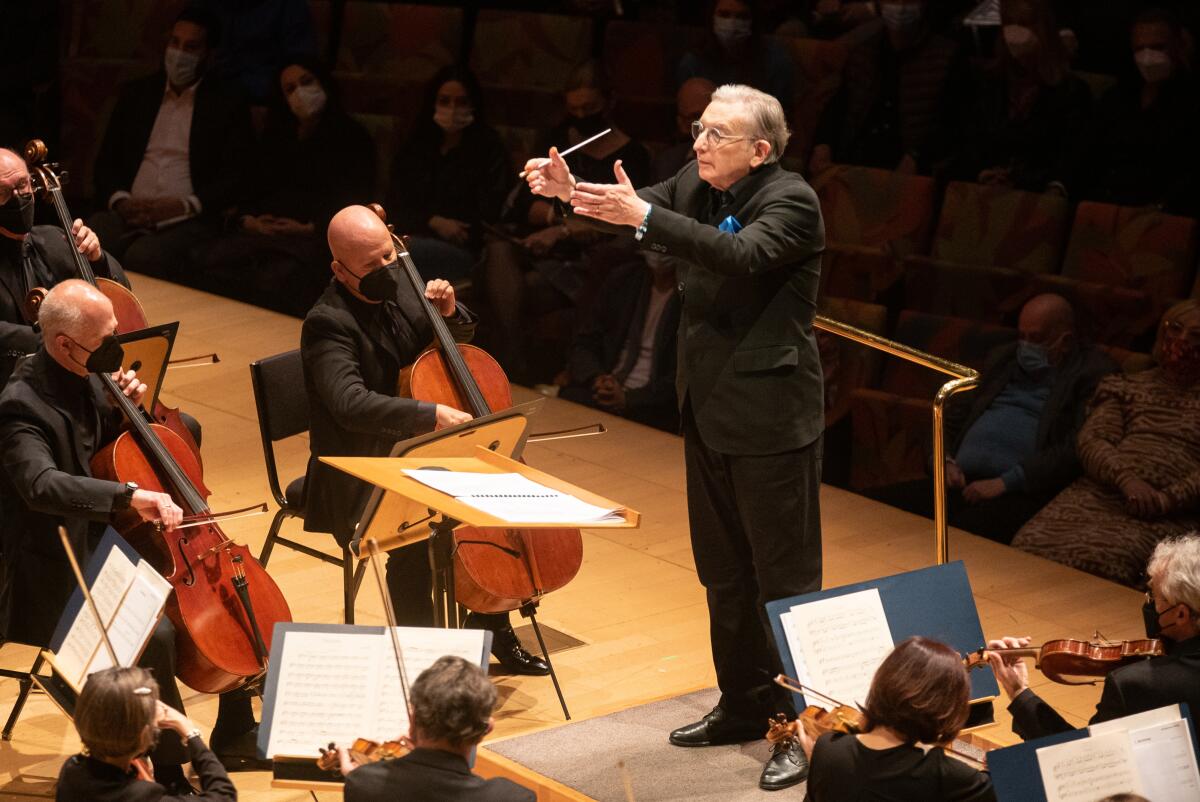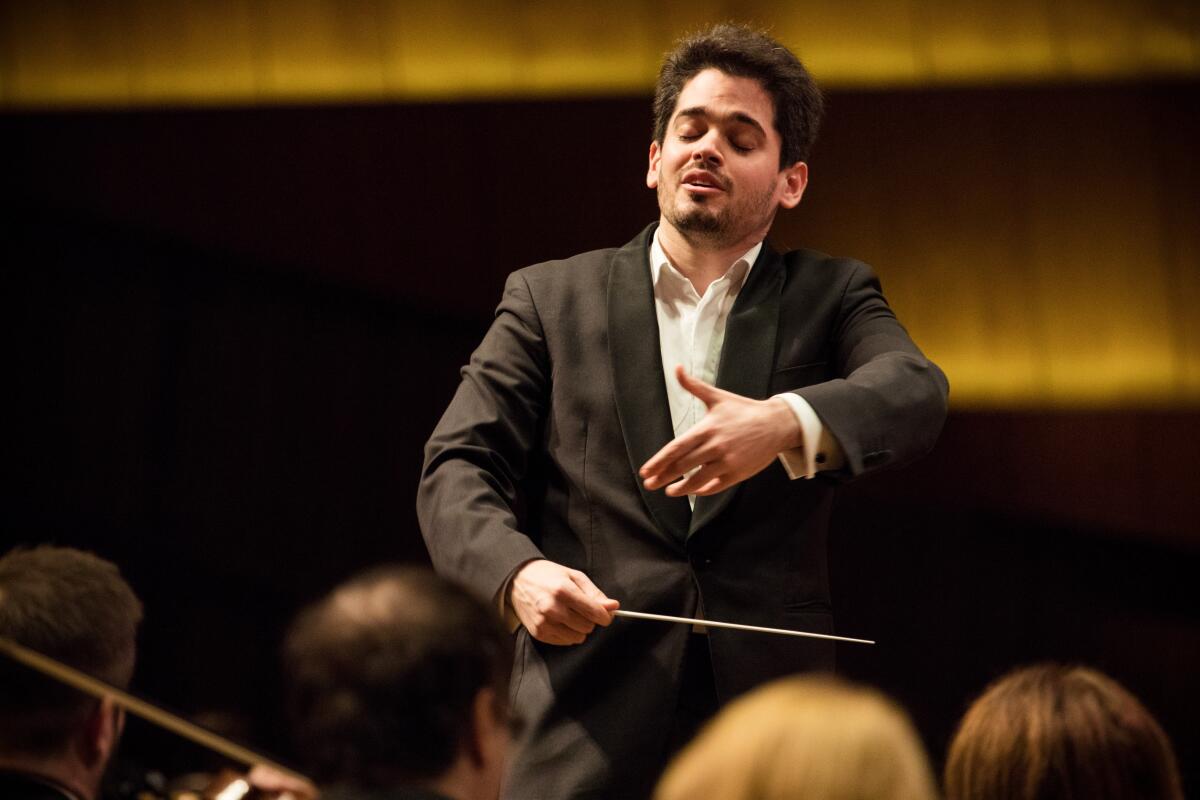Here we go again. Last year at this time, we looked back at our buoyancy, gingerly bouncing back from COVID-19. But 2022 became, with new surges, a boomerang year. Somehow, though, the performing arts are getting through it.
Many institutions, particularly new music groups, were not expected to survive, but Monday Evening Concerts, Brightwork newmusic and its Tuesdays @ Monk Space series, Wild Up and Jacaranda managed impressive and progressive seasons. The in-most-ways wonderful Wende Museum of the Cold War was the outlier, disappointingly dropping its fascinating new music programming.
Musicians, bereft of playing for live audiences during the pandemic, have soldiered on, and many thrived. Gustavo Dudamel has been a model. He’s been news every year since his Hollywood debut in 2005 and is easy to take for granted. But his accomplishments in a compromised 2022 require a whole column of their own.
You would never know that as music and artistic director of the Los Angeles Philharmonic, Dudamel headed an orchestra that lost about $100 million in projected revenue during the shutdown. He oversaw and compellingly conducted the L.A. Phil in two of the year’s most startlingly original opera productions anywhere: Beethoven’s “Fidelio” with Deaf West Theatre at Walt Disney Concert Hall and Yuval Sharon’s revolutionary sci-fi “Valkyries,” the third act of Wagner’s opera, with video wizardry at the Hollywood Bowl. Dudamel led monumental performances of Stravinsky ballets, paired with Latin American ballet scores. He won a Grammy for his L.A. Phil Ives symphony cycle and just got a nomination for his new L.A. Phil Dvorák symphony set. He was the subject of a major documentary, “¡Viva Maestro!”
Dudamel conducted a Schumann symphony cycle with the New York Philharmonic, leaving the locals certain he will be taking a bite of the Big Apple when Jaap van Zweden leaves in 2024. (We’ll see about that.) He so impressed in his first full year as music director of the Paris Opera that French President Emmanuel Macron made him an officer in the French Order of Arts and Letters. Connecting his two posts, Dudamel brought the Paris Opera Ballet to the Hollywood Bowl, making it one of the highlights of the amphitheater’s 100th-anniversary celebration. And, with his dance hat on, he conducted at Disney the first concert performance of Thomas Adès’ full-length ballet score “Dante,” which will almost certainly become a classic. Still to come will be Dudamel taking on the celebrated Bill Viola/Peter Sellars “Tristan Project” at Disney in December.
That’s not all, but it’s time to move on to some of the year’s other accomplishments.
For the record:
6:37 p.m. Dec. 5, 2022An earlier version of this article gave pianist Florence Price’s first name as Margaret.

